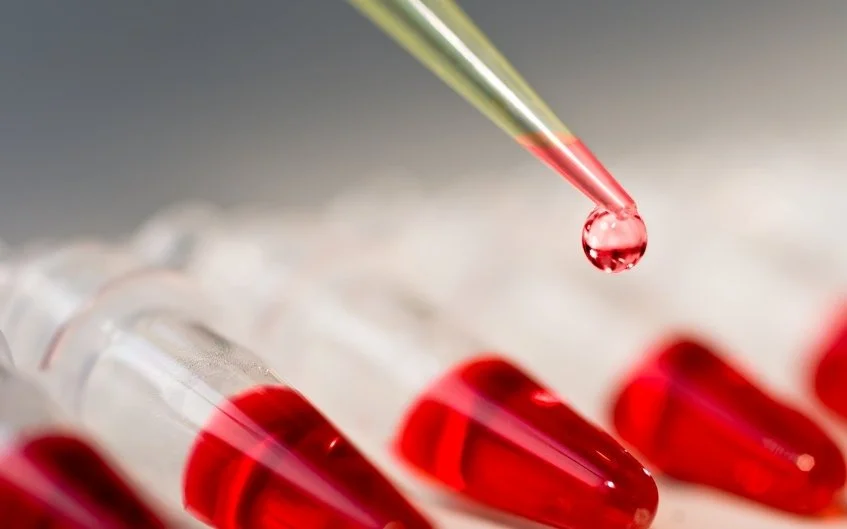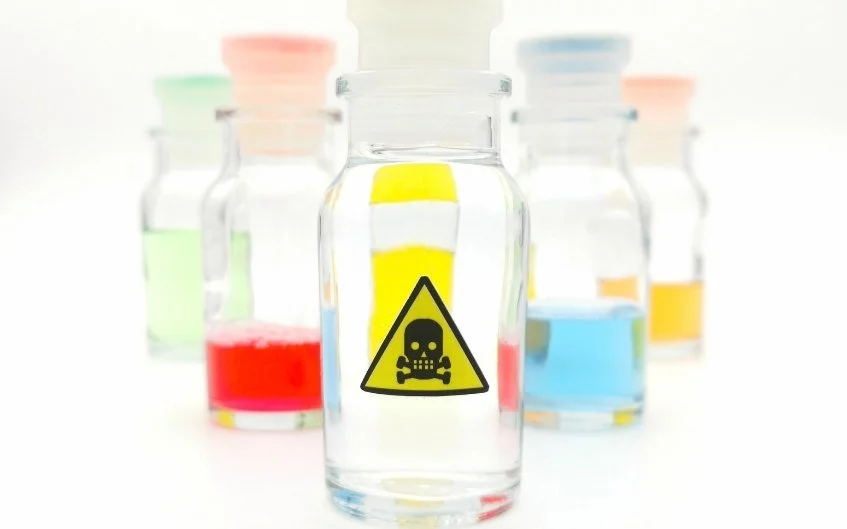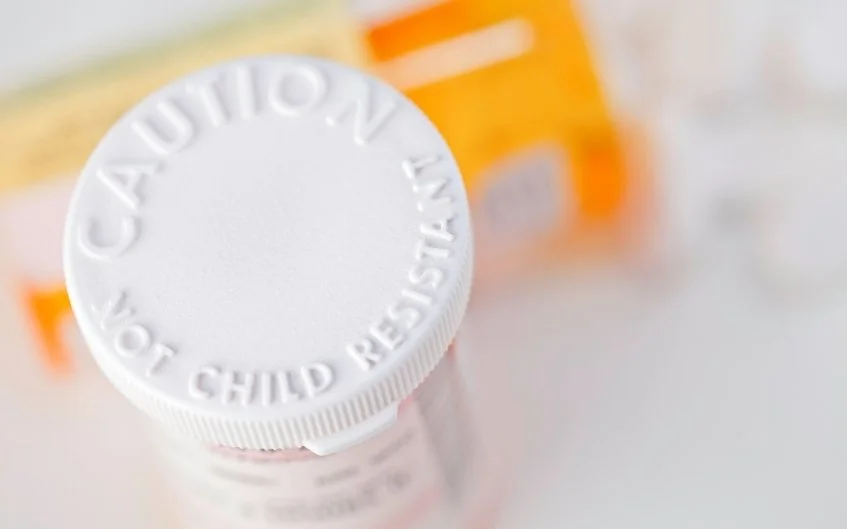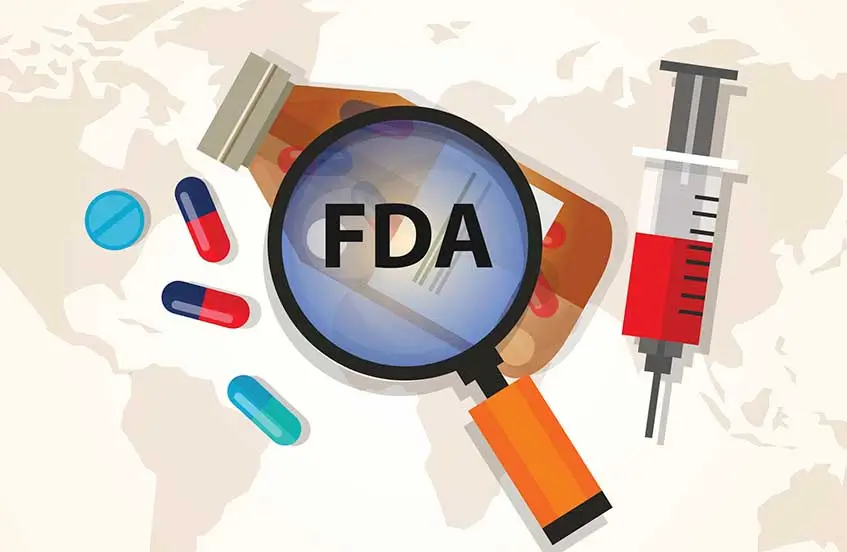There has always been speculation regarding advantages and the disadvantages of compounding pharmacy. Some people are completely ok with the compounding medication but most of the people do question about compounding medication safety and its typical methods that may generate some compounding pharmacy side effects. Those people who consider the compounding pharmacy dangerous state the non-approval by the FDA as the major danger of compounding pharmacy and its medications.
Before moving further, you should know that what is compounding pharmacy and what are the compounded medication examples. Only then, you would understand why these are not approved by the FDA and how these compounding medications may prove to be dangerous.
Let’s explore further about the safety and dangers of compounding pharmacy.
How Accurate Are Compounding Pharmacies?

The accuracy of the compounding pharmacies depends on the experience of the pharmacists and the compounders. Unfortunately, these compounding pharmacies are not strictly regulated by FDA but they are generally supervised by the pharmacy association. There is not a certified and authentic method to analyze or evaluate every single compounded medication; that’s why, there is always a perfection gap of +/- 5% from the labelled claim.
In a study, the two classes of pharmacy students tried to compound the diphenhydramine hydrochloride prescription and the average result suggested that an accuracy deviation of +/-10% would be the least variation that can be expected by any pharmacist.
So, there are no perfect compounding medications but they are usually safer because they are compounded for some specific patients according to their taste, disease level by removing every potential threat causing elements.
Do Compounding Pharmacies Make Mistakes?
Yes, they are supposed to make mistakes just as everyone is expected to. As we know that compounded pharmacy products are not clinically evaluated for safety and efficacy by any strict department like FDA. They are not evaluated under the good manufacturing practice regulations(GMPs), which increases the potential of preparational errors. If the compounding is performed on a larger scale, there increases the chance of compounding pharmacy side effects and danger of compounding pharmacies and its medications overall.
What are the Dangers of Carelessness in Compounding?

Compounding a medication is a dead serious matter that is associated with many probable dangers as well as the benefits of the compounded medications. A little bit of carelessness may cause severe compounding pharmacy side effects. That’s why, many people think compounding pharmacies are dangerous.
According to the FDA, any single bit of miscalculation or carelessness may seriously affect the drug quality. If any of the compounded drugs has contamination or too much active ingredient due to carelessness of a compounder, it may lead to serious patient’s injury or even death.
Are Compounded Drugs approved by the FDA?
No! Compounded drugs are not approved by the FDA. It is one of the most common dangers and side effects of compounding pharmacy and its medications. FDA does not verify the safety or effectiveness of compounding; however, the state board of pharmacies regulates the compounding practice.
They try to provide a safe guideline to every single licensed compounding pharmacy plus the compounders study hard and spend several extra years learning the art of compounding. That’s how they try to make safe compounding medications but it is still among toughest tasks to maintain compounding medication safety everywhere.
How can Compound Errors be Prevented?

Danger of compounding pharmacy and the compound errors can be prevented by strictly following some general safety and hygiene standards and adopting the suggested standards by the state board of pharmacy to make the compound medications safe. Some of the famous compounding pharmacies standards are listed below that may help the pharmacists to minimize the disadvantages of compounding pharmacy and the dangers of compounding medications.
- First of all, an ideal compounding pharmacy should be built in a safe and clean environment.
- Prior to each compounding, the risk assessment should be performed to provide non-sterile compounding service in the market.
- After completing the risk assessment, the compounders should perform the gap analysis. It means, they should be compared the pharmacy’s current practices with the minimal suggested compounding standards. This risk analysis and the gap analysis would be an essential tool to improve the standards of any compounding pharmacy.
- The team should be wisely divided in performing the sub works of compounding pharmacies. After assigning the specific tasks to specific people, the staff should be trained further according to their newer role.
- There should always be a quality assurance team that should always check their compounded medication according to safety standards.
The required facilities and the active equipment should be continuously monitored to avoid any toxicity or dangerous chemical involvement in compounding medications.
Conclusion
The compounding pharmacies and the compounding medications are not FDA approved and they may have the side effects or the dangers;however, the state board of pharmacies always tries to monitor the compounding pharmacies and suggests some specific rules and standards to maintain the quality of compounding medications.
The prescribers should always try to suggest a certified compounding pharmacy near Kensington MD that would provide the safest compounding products with the minimal deviation from an ideal compounded product.


